Related Research Articles

Phoenix Sky Harbor International Airport is a civil–military public international airport 3 miles east of downtown Phoenix, in Maricopa County, Arizona, United States. It is Arizona's largest and busiest airport; among the largest commercial airports in the United States, PHX was the 8th-busiest airport in the United States and 22nd-busiest in the world in 2021. The airport serves as a hub for American Airlines and a base for Frontier Airlines and Southwest Airlines.

Western Airlines was a major airline in the United States based in California, operating in the Western United States including Alaska and Hawaii, and western Canada, as well as to New York City, Boston, Washington, D.C., and Miami and to Mexico City, London and Nassau. Western had hubs at Los Angeles International Airport, Salt Lake City International Airport, and the former Stapleton International Airport in Denver. Before it merged with Delta Air Lines in 1987 it was headquartered at Los Angeles International Airport (LAX). Throughout the company's history, its slogan was "Western Airlines...The Only Way to Fly!"

Trans World Airlines (TWA) was a major airline in the United States that operated from 1930 until it was acquired by American Airlines in 2001. It was formed as Transcontinental & Western Air to operate a route from New York City to Los Angeles via St. Louis, Kansas City, and other stops, with Ford Trimotors. With American, United, and Eastern, it was one of the "Big Four" domestic airlines in the United States formed by the Spoils Conference of 1930.

El Paso International Airport is an international airport located four miles (6 km) northeast of downtown El Paso, in El Paso County, Texas, United States. It is the busiest commercial airport in West Texas, and also serves Southern New Mexico and Northern Mexico. It handled 3,904,110 passengers in 2023, with 96,316 aircraft operations.

Albuquerque International Sunport, locally known as the Sunport, is the primary international airport serving the U.S. state of New Mexico, particularly the Albuquerque metropolitan area and the larger Albuquerque–Santa Fe–Los Alamos combined statistical area. It handles around 5.4 million passengers annually and over 400 flights daily. ABQ is located in Bernalillo County, between the Rio Grande and the Sandia Mountains, east of Old Town and Barelas, 3 miles (5 km) southeast of downtown, south of the University of New Mexico and directly to the west of Sandia National Laboratories and Kirtland Air Force Base.
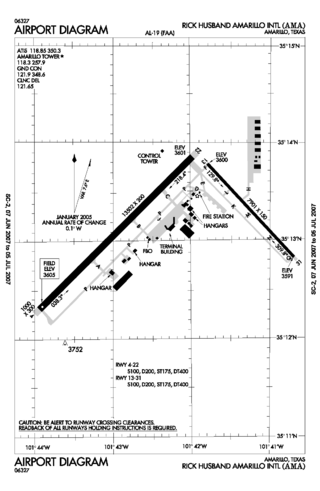
Rick Husband Amarillo International Airport is a public airport six miles (10 km) east of downtown Amarillo, in Potter County, Texas, United States. The airport was renamed in 2003 after NASA astronaut and Amarillo native Rick Husband, who died in the Space Shuttle Columbia disaster in February of that year.

Arizona Airways was an Arizona intrastate airline that operated 1946–1948, making substantial losses. About the time it ceased operations, it was federally certificated as a local service carrier to fly smaller routes in Arizona, New Mexico and Texas by the Civil Aeronautics Board (CAB), the now-defunct US federal agency that at the time tightly regulated almost all air transportation in the United States. However, the company was unable to resume service and ultimately, as a non-operating airline, contributed its routes and other assets to a 1 June 1950 three-way merger with Monarch Air Lines and Challenger Airlines to create the original Frontier Airlines.

Imperial County Airport is a county-owned public-use airport in Imperial County, California, United States. Also known as Boley Field, it is mostly used for general aviation, but has scheduled passenger service from one commercial airline. Service is subsidized by the Essential Air Service program. The airport is located 1 nautical mile south of the central business district of Imperial, California, partially in the city of Imperial and partially in an unincorporated area of Imperial County. It serves nearby communities, including El Centro.

Santa Fe Regional Airport is a public use airport in Santa Fe, Santa Fe County, New Mexico, United States, 10 miles (16 km) southwest of the city center. The airport serves the greater Santa Fe and Los Alamos areas.
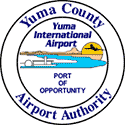
Yuma International Airport is a joint use airport with civilian and military flight activity operated in conjunction with the U.S. Marine Corps via the Marine Corps Air Station Yuma. The airfield is located 3.5 miles south of the central business district of Yuma, a city in Yuma County, Arizona, United States, and 150 miles east of San Diego International Airport. It is mostly used for military aviation, but is also served by one commercial airline and one aeromedical Medevac company as well as being used for general aviation activities.

Pueblo Memorial Airport is a public airport located six miles east of Pueblo, in Pueblo County, Colorado, United States. It is primarily used for general aviation.
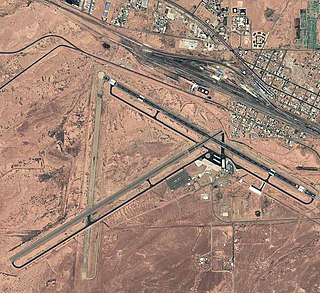
Winslow–Lindbergh Regional Airport is 1 mile mile west of Winslow, in Navajo County, Arizona. The U.S. Forest Service has a firefighting air tanker base here. The airport was served by TWA and Frontier Airlines but now sees no airline service.

West Mesa Airport, also known as Western Air Express Airport, TWA Airport, or Cutter-Carr Airport, was an airport on the West Side of Albuquerque, New Mexico, United States, which was the city's main commercial aviation facility during the 1930s. It was built in 1929 by Western Air Express as a stop on the airline's Los Angeles–Kansas City route, with a hangar and passenger terminal added in 1930. It was the city's second airfield after the original Albuquerque Airport, which was used by a rival airline, Transcontinental Air Transport (TAT). The two airlines merged in 1930 to form TWA, moving all of their operations to the West Mesa field. The merger gave TWA control of the nation's first coast-to-coast passenger airline route and allowed it to secure a lucrative federal airmail contract.
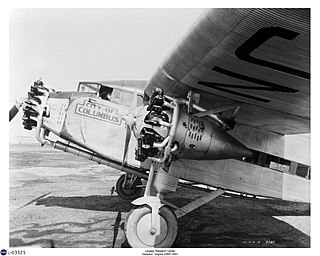
Transcontinental Air Transport (T-A-T) was an airline founded in 1928 by Clement Melville Keys that merged in 1930 with Western Air Express to form what became TWA. Keys enlisted the help of Charles Lindbergh to design a transcontinental network to get government airmail contracts. Lindbergh established numerous airports across the country in this effort.
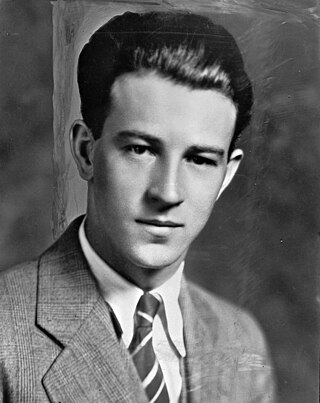
William John "Jack" Frye was an aviation pioneer in the airline industry. Frye founded Standard Air Lines which eventually took him into a merger with Trans World Airlines (TWA). Frye is credited for turning TWA into a world-class airline during his tenure as president from 1934 to 1947. He was called "The Flying President" among his peers. At age 24, he was and to this day the youngest airline executive of all time.

Bonanza Air Lines was a local service carrier, a US scheduled airline focused on smaller routes in the Western United States from 1949 until it merged with two other local service airlines to form Air West in 1968. Its headquarters was initially Las Vegas, Nevada, and moved to Phoenix, Arizona in 1966.

Maddux Air Lines was an airline based in Southern California that operated Ford Tri-motors in California, Arizona, and Mexico in the late 1920s.
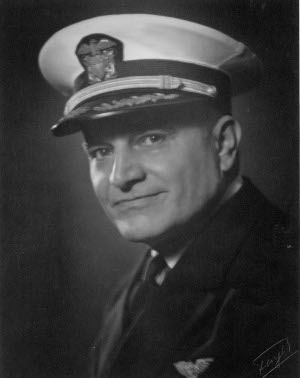
Paul Ernest Richter Jr. was an American aviation pioneer, co-founder of Standard Air Lines and executive vice president of Trans World Airlines (TWA), operations chief of staff of the Naval Air Transport Service during World War II and chairman of the board, president of TACA Airlines from 1947 to 1949.
Walter Andrew Hamilton was a pioneer in the airline industry. Hamilton was a co-founder of Standard Air Lines and through a series of airline mergers became one of the "Three Musketeers" running Trans World Airlines.